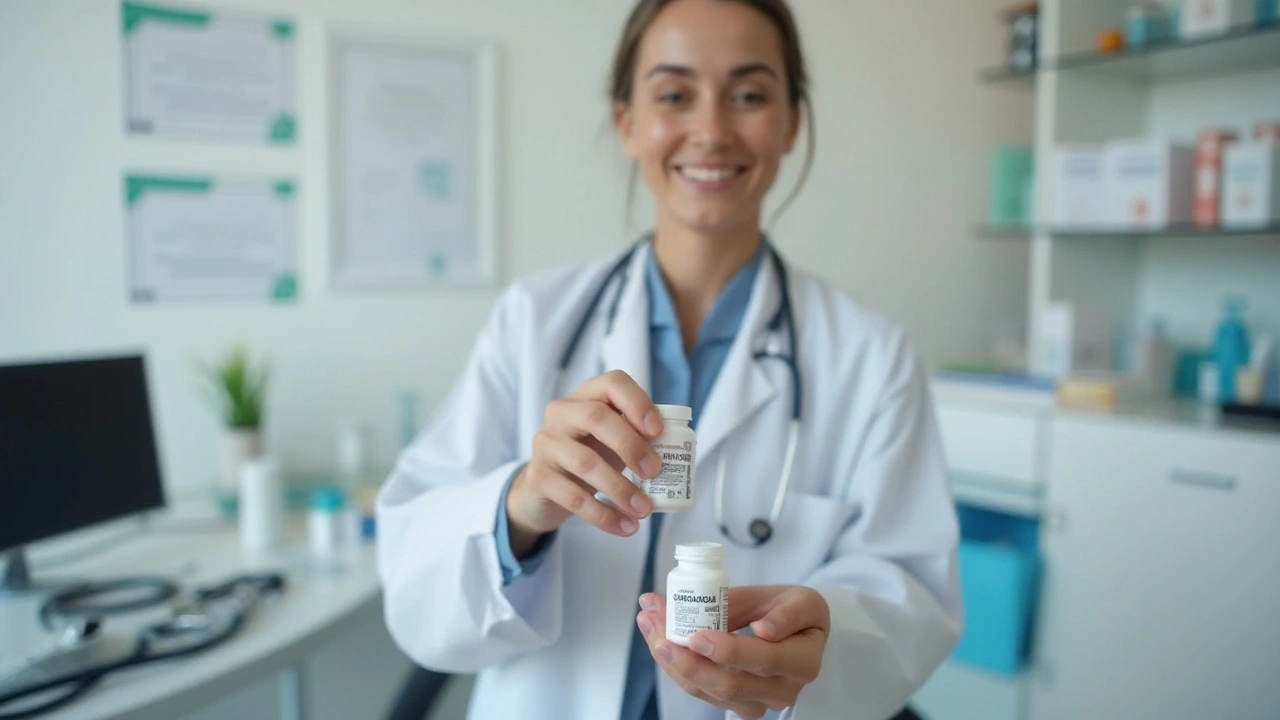Helicobacter Pylori – What You Need to Know
Did you know that roughly half of the global population carries Helicobacter pylori in their stomachs, often without any signs? This bacteria can quietly damage the lining of your gut and lead to ulcers, nausea, or even long‑term stomach problems. Knowing the basics helps you spot trouble early and get rid of it before it turns serious.
Symptoms and When to Worry
If H. pylori is bothering you, you’ll usually feel a gnawing ache in the upper belly, especially after meals. Bloating, frequent burping, or a sour taste can show up too. Some people get nausea, loss of appetite, or unexplained weight loss. When the infection causes an ulcer, pain may flare up a few hours after eating and calm down with antacids.
Not every ache means H. pylori, but if you notice these patterns for more than a week, it’s worth getting checked. A sudden change in stool color or blood in vomit signals that the ulcer might be bleeding – call a doctor right away.
Testing and Treatment Options
The good news is diagnosing H. pylori is straightforward. Doctors can order a breath test, a stool antigen test, or an endoscopy with a biopsy if they need a closer look. Blood tests exist but are less reliable because they only show past exposure.
Once confirmed, treatment usually means a short course of two antibiotics plus a proton‑pump inhibitor (PPI) to lower stomach acid. Common combos include clarithromycin with amoxicillin or metronidazole, paired with omeprazole or lansoprazole. The regimen lasts 10‑14 days and clears the infection in most cases.
If the first round fails, doctors may switch antibiotics based on local resistance patterns. It’s crucial to finish the full prescription, even if symptoms improve early – stopping too soon lets the bacteria survive and become resistant.
After therapy, a follow‑up breath or stool test is recommended about four weeks later to make sure the bug is gone. If it lingers, another round of treatment may be needed.
Living with H. pylori: Lifestyle Tips
While medicine does most of the heavy lifting, some everyday habits can support recovery and keep reinfection at bay. Eating smaller meals, avoiding spicy or fried foods, and limiting alcohol reduce stomach irritation. Probiotic‑rich foods like yogurt or kefir may help restore a healthy gut balance after antibiotics.
Good hygiene matters too – wash hands often, especially before meals, and don’t share eating utensils with someone who’s ill. In places where water quality is questionable, use filtered or bottled water to lower the chance of picking up new bacteria.
If you’re prone to ulcers, keep an eye on NSAID use (like ibuprofen). These drugs can worsen stomach lining damage when H. pylori is present. Talk to your doctor about alternatives if you need regular pain relief.
Bottom line: Helicobacter pylori is common but treatable. Recognize the symptoms, get tested promptly, follow the prescribed antibiotic plan, and adopt gentle lifestyle habits. With these steps you’ll beat the bug and protect your stomach for the long run.
Ornidazole: A Game-Changer in Tackling Helicobacter Pylori Infections
This article dives into the pivotal role Ornidazole plays in treating Helicobacter Pylori infections. It sheds light on the basic information, benefits, how it works, and practical tips for those dealing with these infections.
© 2026. All rights reserved.

